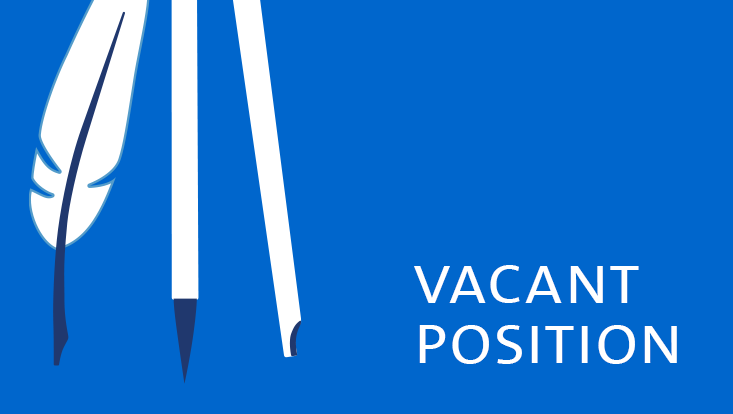Now Online: The Artefact Profiling Guide
5 September 2024

Photo: CSMC
For the first time, the many years of experience of our laboratory team in analysing written artefacts are bundled in one place. The Artefact Profiling Guide is a unique resource for researchers in the humanities who want to harness the potential of cutting-edge analytical methods for their work.
In the research on written artefacts, the material dimension is playing an increasingly important role. For this reason, the importance of collaboration between the humanities and the natural sciences, and more and more also the computer sciences, has risen sharply, as the latter two have the methods to get to the bottom of the provenance, age, and many other facets of written artefacts. Nevertheless, even several decades after the ‘material turn’ in manuscript research was initiated, this collaboration is still not a matter of course. Even within the humanities, researchers continue to work primarily within their own sub-disciplines; the disciplinary gap with the natural and computer sciences is still considerably wider. As a result, the immense potential of genuinely cross-disciplinary collaboration in manuscript research often remains unutilised to this day, despite the rapid improvement in possibilities in recent years.
One decisive hurdle is the cost of information. Without a basic understanding of what equipment and methods are available for analysing written artefacts, how to deal with different materials, and what questions can be answered in this way, researchers in the humanities are unable to appreciate whether and to what extent collaboration with a laboratory can advance their research project or even produce a completely new one. Moreover, because it is laborious and extremely time-consuming to familiarise oneself with the relevant scientific tools, in many cases there is simply no sufficient incentive to cross the disciplinary divide.
The CSMC's Artefact Profiling Guide helps to significantly reduce the effort involved in obtaining this information. For the first time, the many years of experience of our laboratory team in analysing written artefacts are bundled here in one place. What are the most important research questions that researchers in the humanities approach the laboratory with and how are they addressed? What are the different types of written artefacts and the materials used to produce them? What equipment and methods are available to analyse them? And finally, what are some successful examples of collaboration between humanities scholars, natural scientists, and computer scientists in manuscript research? What new insights have been gained in specific cases thanks to their co-operation?
Precisely because the many authors of the guide are very familiar with the potential, but also with the pitfalls of cross-disciplinary work themselves, the Guide is designed as an aid from practitioners for practitioners. It is highly user-orientated. The aim is to enable researchers of written artefact to work with it for the benefit of their respective projects. Accordingly, it is not immutable in its current form; rather, it can and will be revised, expanded, and improved in the light of comments, suggestions, and questions from our colleagues who use the Guide.
The Artefact Profiling Guide is edited by Claudia Colini (Editor-in-Chief), Stelios Aspiotis, Olivier Bonnerot, Giovanni Ciotti, Marina Creydt, and Kyle Ann Huskin. They are all part of the Artefact Lab team at the CSMC. Many other members of the Centre have made individual contributions. Our hope is that it will further promote and deepen the co-operation between disciplines that is an integral part of our own research approach.


